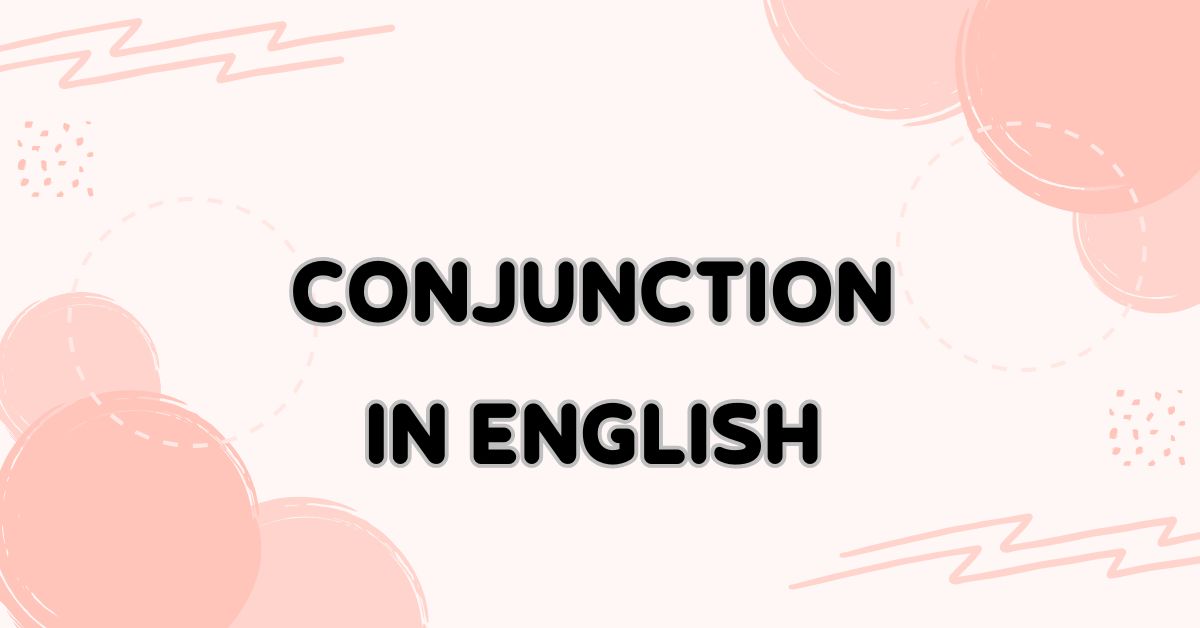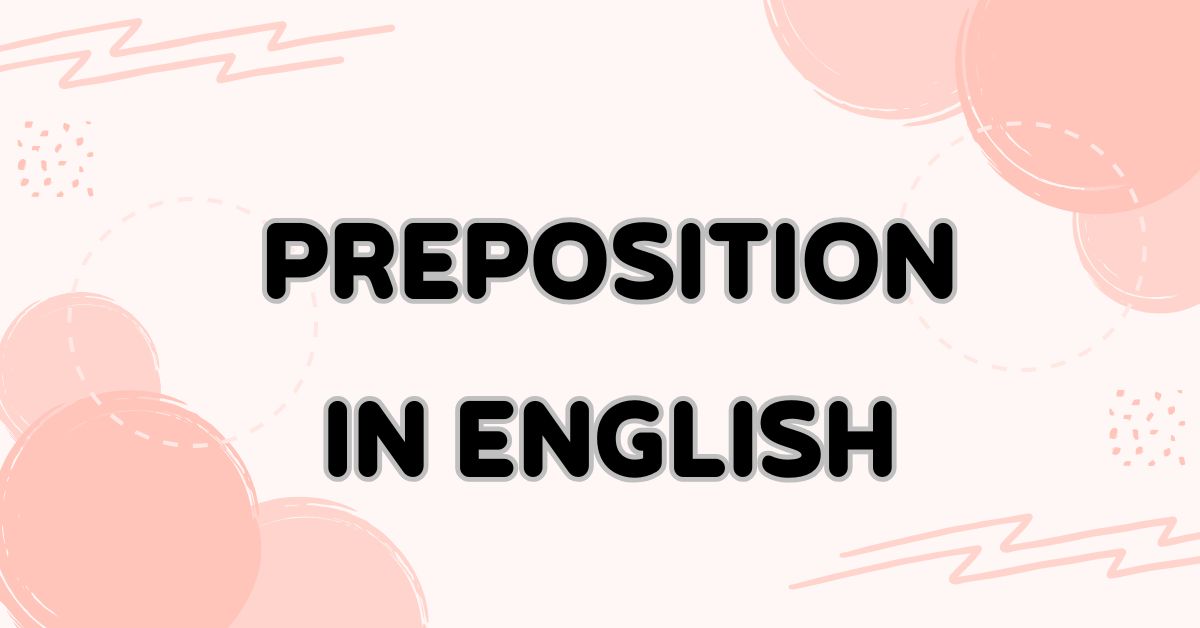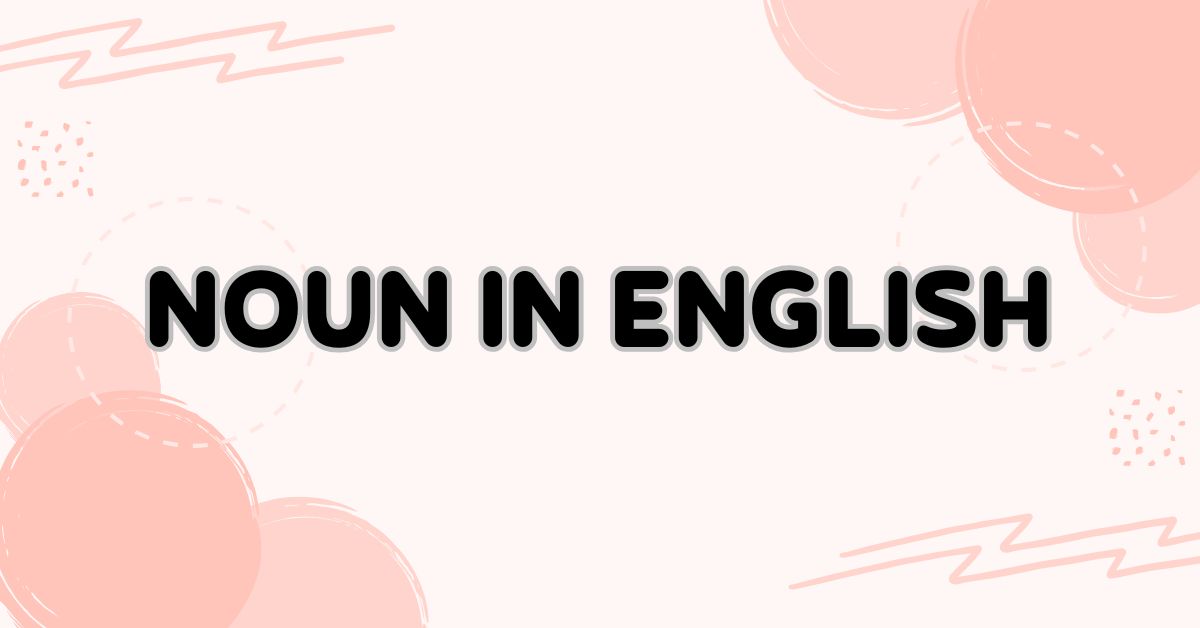When learning English grammar, children often come across longer sentences that seem tricky. But don’t worry, those sentences often use something called a relative clause. Relative clauses are fun once you understand them! They help you describe people, animals, or things in more detail, making sentences sound natural and full of meaning. In this lesson, we’ll explore what a relative clause is, how to use it, and practice with examples kids can easily understand.
What Is a Relative Clause?
Let’s start with the basics. A relative clause is a part of a sentence that gives more information about a noun (a person, a thing, or a place). It usually begins with a relative pronoun, such as: who, which, that, whose, whom, where, or when.
Think of it like a “mini-sentence” inside a bigger one it tells us more details about something.
Examples:
-
The boy who is wearing a red hat is my brother.
-
This is the dog that loves to play fetch.
-
I visited the park where we played yesterday.
Here, each relative clause (starting with who, that, or where) gives extra information about the noun before it.
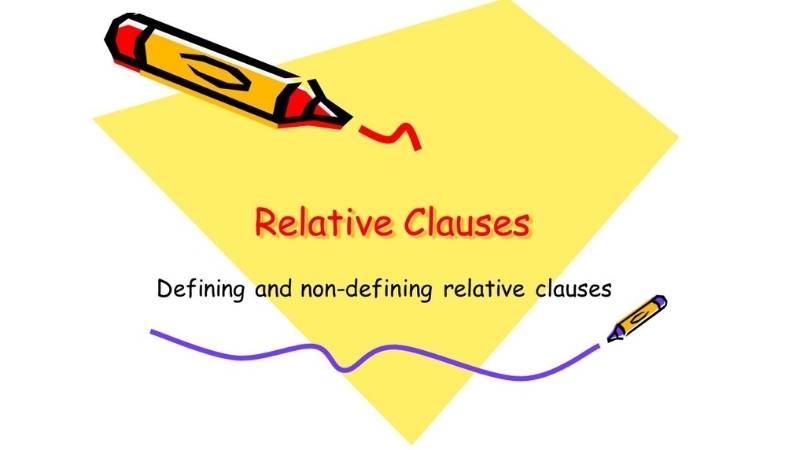
Common Relative Pronouns
Before learning how to use them, let’s look at the most common relative pronouns and what they describe.
|
Relative Pronoun |
Used For |
Example |
|
who |
people |
The girl who sings is my friend. |
|
which |
animals or things |
This is the cat which sleeps all day. |
|
that |
people, animals, or things |
The toy that you bought is broken. |
|
whose |
possession (belonging) |
The boy whose bag is red is Tom. |
|
whom |
people (formal use) |
The teacher whom we met is kind. |
|
where |
places |
This is the house where I was born. |
|
when |
time |
I remember the day when we first met. |
Tip for kids: If you can answer questions like Which one? What kind? then you’re probably looking at a relative clause!
Types of Relative Clauses
There are two main types of relative clauses in English. Let’s learn them one by one with examples that make sense for children.
1. Defining Relative Clauses
A defining relative clause gives essential information. Without it, the sentence wouldn’t make sense.
Examples:
-
The student who studies hard always gets good grades.
-
The cake that Mom baked tastes delicious.
If we remove the clause, the meaning changes:
-
The student always gets good grades. (Which one?)
-
The cake tastes delicious. (Which cake?)
So, this kind of clause defines or identifies the noun clearly.
2. Non-defining Relative Clauses
A non-defining relative clause adds extra information about a noun that is already clear. It is always separated by commas.
Examples:
-
My father, who loves gardening, grows many flowers.
-
Paris, which is the capital of France, is beautiful.
If we remove the clause, the main sentence still makes sense. That’s why it is called non-defining.
Defining vs. Non-defining Relative Clauses
|
Feature |
Defining Clause |
Non-defining Clause |
|
Information |
Essential |
Extra |
|
Commas |
Not used |
Always used |
|
Example |
The boy who plays the guitar is my friend. |
My friend, who plays the guitar, is talented. |
Children can remember: if the sentence still makes sense without the clause, it’s non-defining.
How to Use Relative Clauses in English
A relative clause usually comes right after the noun it describes.
Structure: Noun + Relative Pronoun + Clause
Examples:
-
The girl who is reading is my sister.
-
The dog that lives next door is friendly.
-
The school where I study is near the park.
Sometimes, we can leave out the relative pronoun when it is the object of the clause:
-
The book (that) I read was interesting.
-
The boy (who) I met is kind.
Practice Exercises: Relative Clauses for Kids
1. Fill in the Blanks with a Relative Pronoun
Choose from: who, which, that, where, whose
-
The girl _______ won the race is very happy.
-
This is the dog _______ barks every morning.
-
The school _______ I go to is big.
-
The man _______ car is red is my teacher.
-
The movie _______ we watched last night was funny.
2. Join the Sentences Using a Relative Clause
-
I know the boy. He lives next door.
-
The apple is sweet. Mom bought it.
-
That’s the shop. We bought ice cream there.
-
The singer is famous. She won an award.
-
The park is near my house. We play there every day.
3. Find and Correct the Mistake
-
The man which is tall is my uncle.
-
This is the car who my dad drives.
-
The dog whom barking loudly is scary.
-
I like the house when has a big garden.
-
That’s the girl which won first prize.
Answer Key
1. Fill in the Blanks:
-
who
-
that
-
where
-
whose
-
which
2. Join the Sentences:
-
I know the boy who lives next door.
-
The apple that Mom bought is sweet.
-
That’s the shop where we bought ice cream.
-
The singer who won an award is famous.
-
The park where we play every day is near my house.
3. Correct the Mistakes:
-
which → who
-
who → that
-
whom → that
-
when → which
-
which → who
Learn Relative Clauses with Monkey Junior
Understanding relative clauses becomes easy and enjoyable with Monkey Junior, a world-recognized English learning app for children aged 0 - 11.
Monkey Junior uses stories, pictures, native speaker pronunciation, and interactive games to teach grammar naturally. Children do not memorize rules, they learn through context and play. In lessons about relative clauses, kids can listen, read, and see how words like who, which, and where work inside real sentences.
The app offers:
-
Over 3,000 interactive lessons with voice and images
-
Grammar, vocabulary, and pronunciation training in one place
-
Short, daily learning sessions (10 - 15 minutes) that keep children focused
-
A fun, multisensory approach that makes English memorable
With Monkey Junior, your child can build a strong foundation in English grammar while having fun every day. Start your child’s learning journey now, sign up for a free trial of Monkey Junior and discover how easy it is to learn relative clauses and other grammar topics naturally.
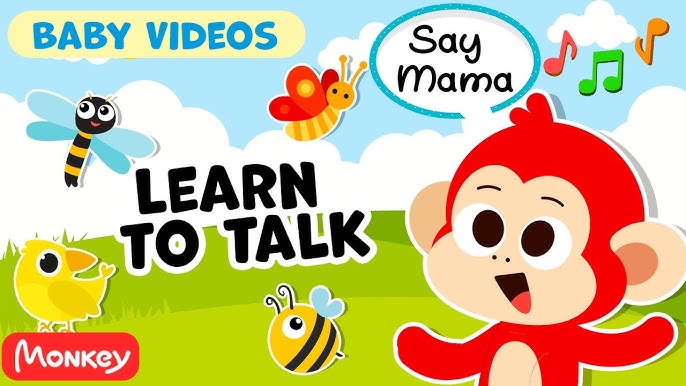
Conclusion
The relative clause is a key part of English grammar that helps describe nouns in more detail. By learning how to use words like who, which, and where, children can make their sentences more complete and meaningful. Regular practice through reading, writing, and interactive learning apps like Monkey Junior helps kids master English grammar confidently and enjoyably.



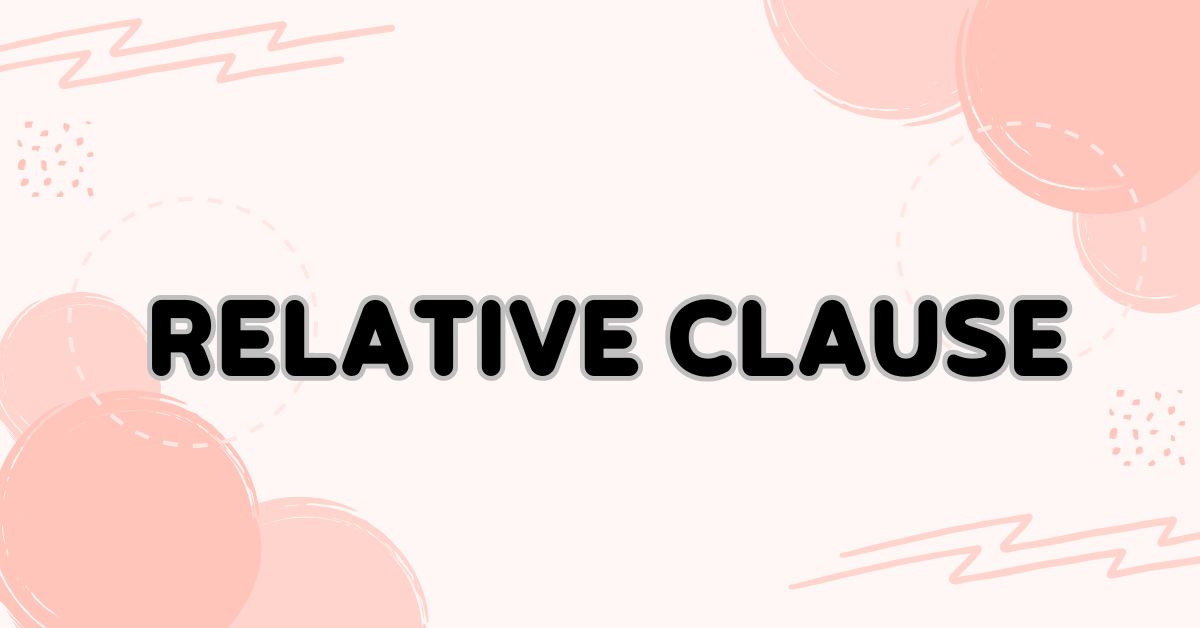
.png)


